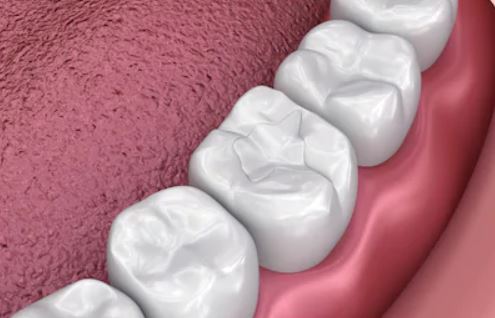By age 19, tooth decay affects nearly 70 percent of all children. Left untreated, tooth decay, also known as cavities, may result in pain and infection.
One highly effective option to help prevent cavities is dental sealants – a thin plastic film painted on the chewing surface of teeth.
Dental sealants have been proven a safe and cost-efficient dental procedure for patients prone to cavities. Dental sealants are still underused, despite their advantages in averting tooth decay for an average of five to seven years. Studies show that many children are exceptional candidates for dental sealants. Parents should consider sealants as a preventive measure in their child’s oral health.

Surveys show the majority of all cavities occur in the narrow pits and grooves of a child’s newly erupted teeth because food particles and bacteria are not easily cleaned out. A risk assessment best determines if a child is a candidate for dental sealants.
Dental sealants act as a barrier to “seal-off” space between the tooth surface and any small food particles or bacteria that may otherwise cause a cavity in an “unsealed” tooth.
Paired with twice-daily brushing with a fluoridated toothpaste, a healthy diet and visiting the dentist twice a year to monitor the placed sealants are 100-percent effective in preventing cavities.
Remember that dental sealants do not protect against gum disease such as gingivitis, oral cancer or many common dental conditions. Regular dental checkups are vital to monitor overall oral health.

